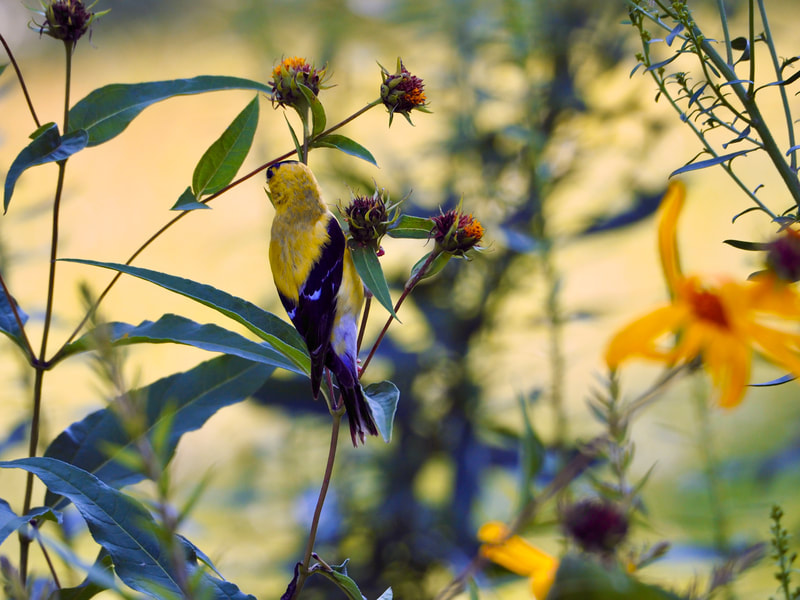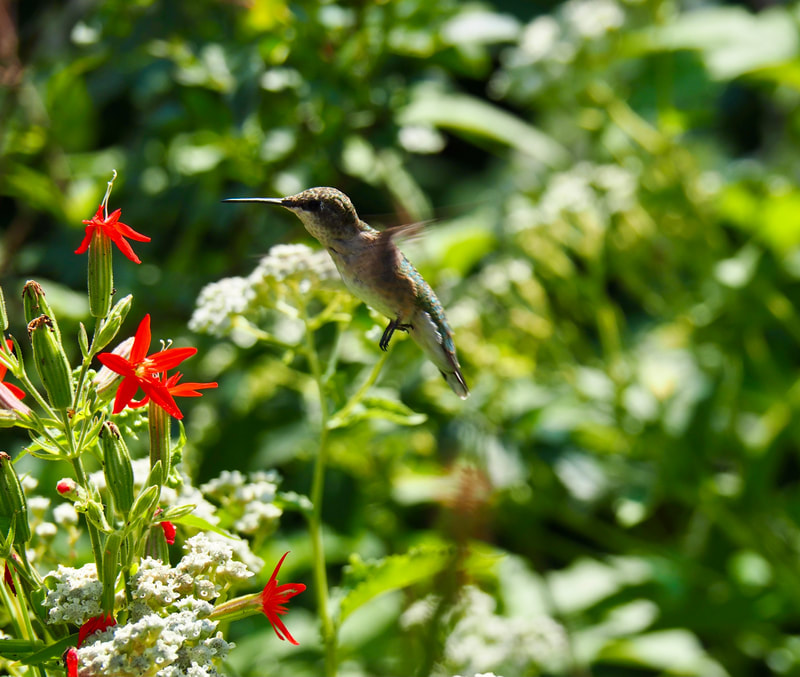Be an Integral Part of the Solution
|
Worldwide, biodiverse habitat and the wildlife it nurtures are declining at a pace that is unprecedented in human history. While we as individuals may feel there’s little we can do to help prevent largescale ecological collapse, collectively we can actually make a significant impact by creating biodiverse habitat in our residential landscapes. A Resolved Collective is a Powerful Force for Change Each of us has the ability—and arguably, the responsibility—to share our planet with our nonhuman kin. Our traditionally manicured, mowed, fertilized, groomed, managed, sprayed, and poisoned spaces have great potential to be transformed into biodiverse, insecticide-free urban sanctuaries that provide crucial habitat for wildlife and natural processes. We can be an integral part of the solution to the vanishing-habitat crisis by engaging in conservation gardening. |
Learn more about the conservation gardening stewardship, consultation, and design services offered by At Home With Nature by clicking here. Read on to learn more about conservation gardening.
What is Conservation Gardening?
|
By blending the aesthetics of various gardening principals with practices that strive to create biodiverse habitat and encourage natural processes, a conservation landscape authentically welcomes wildlife (from microbes, to beneficial insects, to birds, and more).
The foundation of conservation gardening is regionally indigenous (aka, native), insecticide-free vegetation. Conservation gardening also means working with natural systems, which includes:
|
|
|
There's Power in Numbers; Acres, That is
The possibility for meaningful change through conservation gardening looms large: there are over 40 million acres of mowed residential turf grass lawns and 135 million acres of residential land, overall, in the United States. Add in the collective millions of acres in schoolyards, places of worship, government-owned roadsides, public spaces, city parks and more, and the impact could be transformative.
See the scrolling slideshow for a sampling of practices as well as the aesthetics of such landscapes.
The possibility for meaningful change through conservation gardening looms large: there are over 40 million acres of mowed residential turf grass lawns and 135 million acres of residential land, overall, in the United States. Add in the collective millions of acres in schoolyards, places of worship, government-owned roadsides, public spaces, city parks and more, and the impact could be transformative.
See the scrolling slideshow for a sampling of practices as well as the aesthetics of such landscapes.



